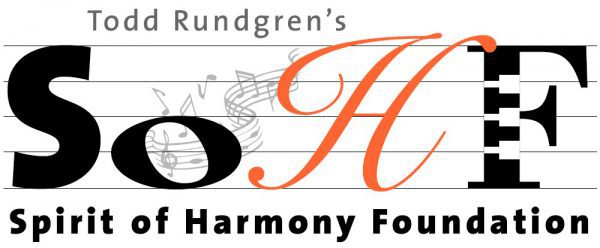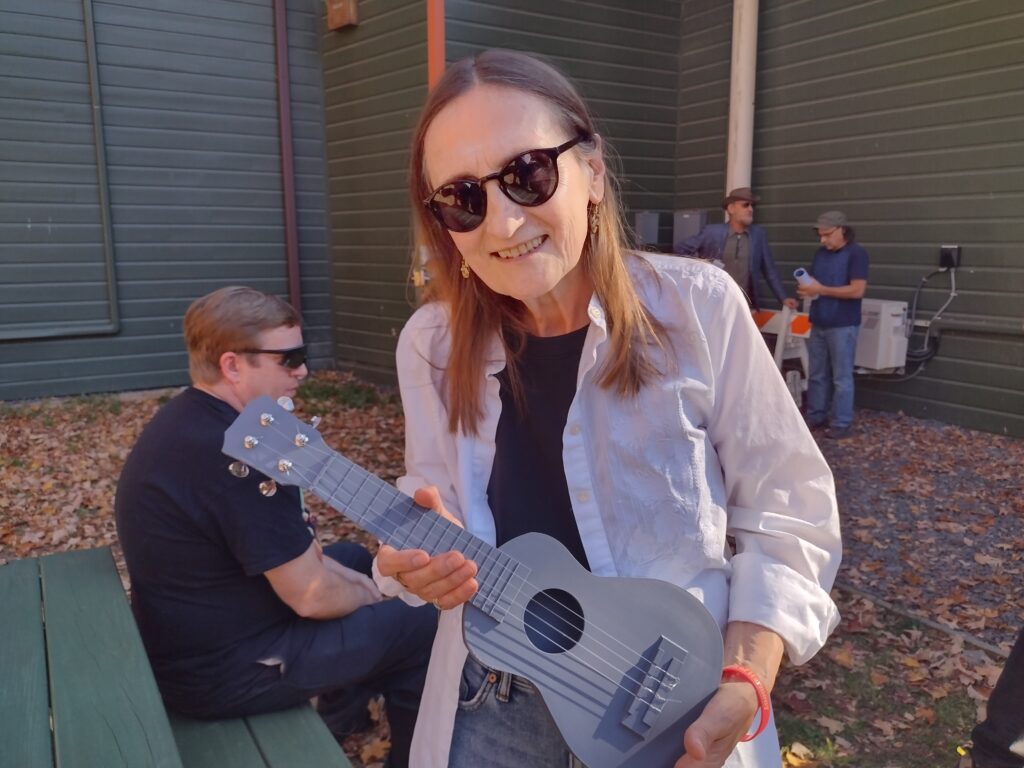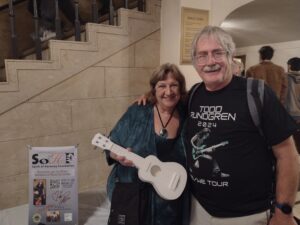
Because access to musical instruments is an acute problem faced by many music programs in schools and organizations, as well as by countless families, a 3D printed instrument program could produce low-cost alternatives to address this need while also mobilizing grassroots support from the programs’ local community.
The Spirit of Harmony’s 3D Printing of Musical Instruments initiative supports our mission to advocate for instrument-based music education for children regardless of socioeconomic status, geographic location, or ability.
3D Printing is becoming more mainstream every day, and the potential of creating practice-quality instruments is great: everything from violins and ukuleles to flutes and horns. In most cases, additions such as standard strings and hardware are easily purchased at local music stores or online. Many designs are available as open-source files and there is an ever-growing body of information available through web searches and in social media groups.
Advantages of 3D Printing of Musical Instruments:
- 3D printing utilizes Computer Aided Design (CAD) software or scanners to precisely build 3D objects. This technology is already being widely used by architects to fabricate to-scale models of homes/buildings, by dentists to produce crowns, and other industries to pre-visualize and actually manufacture finished products, including homes, tools, and components.
- 3D printing facilitates more music access to more people in more places by providing practice instruments due to: lower manufacturing costs, stronger and lighter parts, minimal waste and energy use, and ability to use recycled materials. Even 3D printed instruments themselves can be recycled.
- 3D printed instruments can be scaled down in size to accommodate a very young child, and those small instruments can be passed to the next generation as the children grow. Customization, decoratively or for a physically challenged student, can be produced.
- This project can be implemented anywhere there is access to a 3D printer.
Diane Lucas initiated this project and is spearheading the R&D with Chris DeLucia at The Hill School in Pottstown, PA, seen here with Jean Lachowicz.
Implementation Scenarios:
- Organizations with the printers can produce and donate instruments as a community service project
- Creation of instruments for local children can become a major academic project of a college or university, particularly for engineering students and music students who will have the availability and proper equipment to dedicate to the design and/or make revisions.
- Depending on the location of the printer, the children themselves might be able to go to the location of the 3D printer and participate in the creation of their own instruments, or they can paint and decorate their instruments to feel a sense of ownership and connection
- Local music education advocates can begin producing instruments (at their library, for example) and distribute them locally
- Organizations without 3D printers can help with final assembly and tuning
- If a music program is so inclined, it can go into the business of producing instruments in this manner, and perhaps sell the customized instruments as a means of supporting the program
- …Surely many additional applications and scenarios exist! The links below are sure to get some creative ideas flowing.
Resources and Ideas:
- 3D Printed Violin Song
- Aviva Young Artists
- Ottawa Symphony – 3D Instruments
- University of Toledo
- 3D Music Instruments
- Instructional Videos on Creating a Ukulele
- Student files provisional patent
Designs and Specs:
Join Us!
As this 3D Instruments project is being developed, the Spirit of Harmony is specifically looking at ukuleles as an excellent starting point for a case study. We want to launch our ukulele pilot project in an elementary school classroom, we hope within the next year. Currently we need help focusing in on a good-sounding prototype design for a practice ukulele to be distributed to the classroom. We are very interested in any hands-on testing with ukuleles, from determining the best CAD programs, to assembling the ukuleles, tuning, and playing. It is our hope to share the designs and prototypes that are the most successful. Depending on the prototype, ukes will be printed in either two (one body and one neck) or three parts (two parts for the body, one neck). The parts are glued together, then the tuning heads and strings are added. Please share your experiences with us at info@spiritofharmony.org.
We want to hear from you!
If you are a music educator, musician, or tech wizard exploring the potential of 3D printing of ANY instruments or instrument parts, we invite you to write to us to share your observations and insights. Or if you have specific questions about this concept, please feel free to send us an email at info@spiritofharmony.org. We need a network of champions mobilized to help move this idea forward.


